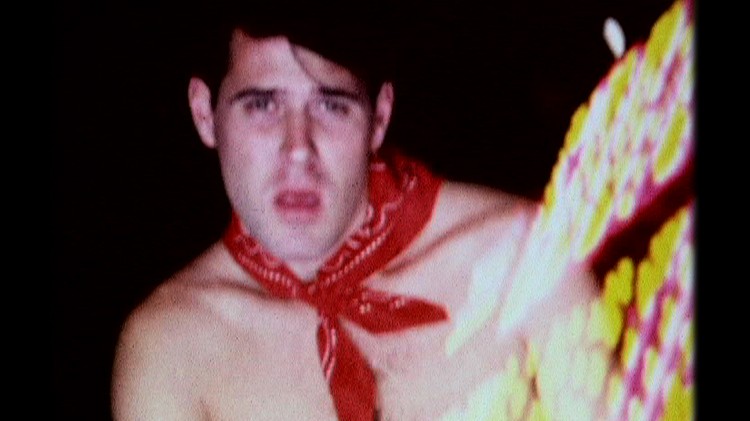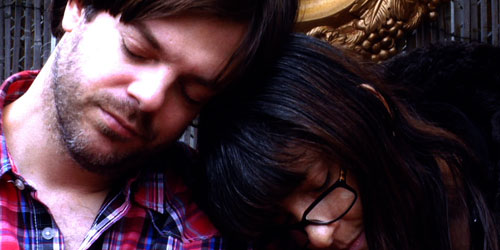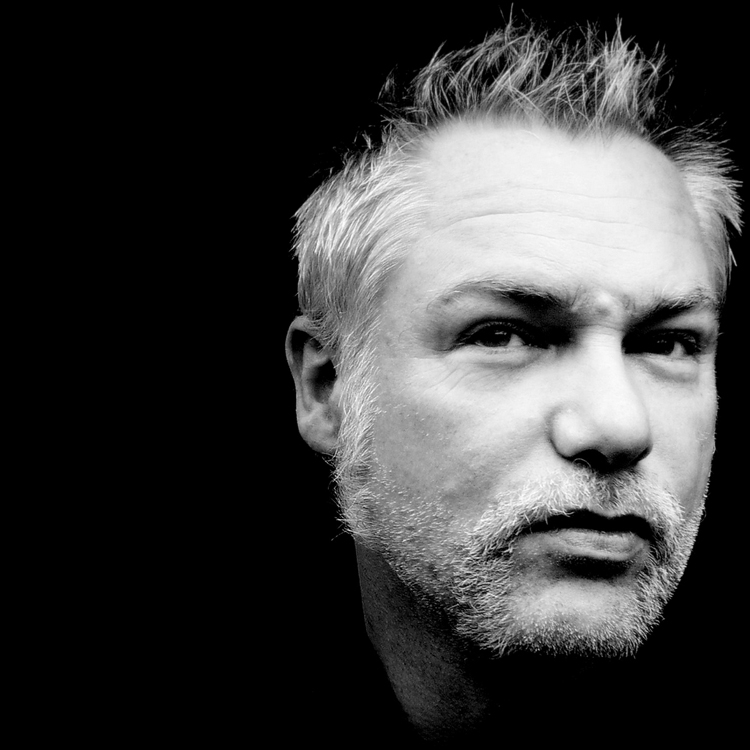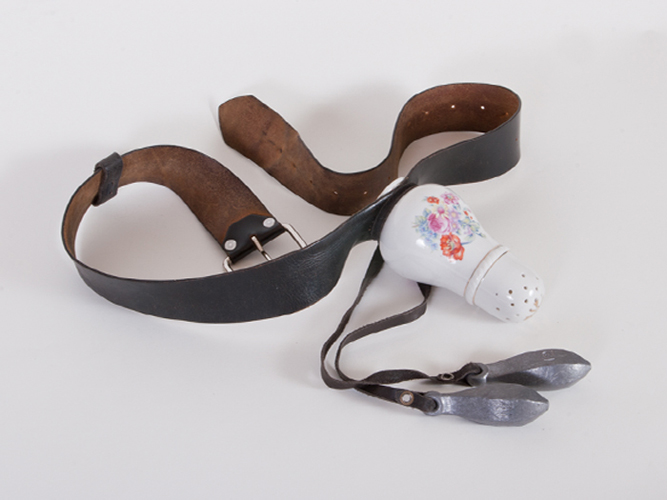Jonathan Caouette is a filmmaker from Texas. His first film, Tarnation, debuted in 2003. In Tarnation Caouette incorporated over twenty years of footage to tell the story of his growing up and his relationship with his mother, Renee Leblanc. The film was executive produced by Gus Van Sant and John Cameron Mitchell. He also directed the 2009 documentary All Tomorrow’s Parties, on the British music festival of the same name, and the experimental short film All Flowers In Time, starring Chloë Sevigny. His third film, Walk Away Renee, debuted at Cannes Film Festival in 2011. Walk Away Renee conveys the story of the voyage Jonathan and his mother make to move her from Texas to New York City, where Jonathan has lived for many years. The film begins its New York theatrical run tomorrow, November 30th, at IFC Center.
Kyle Tidd: Hi Jonathan! Thanks for agreeing to do this interview. This was my side of our imaginary conversation, feel free to respond however you want, it can be totally unrelated, as you please.
Jonathan Caouette: Oh thank you, I am more concerned about passing out at the moment…I’m on pain medication from a fall last week, I’m waiting right now for a lot of test results to come back…I hope it’s nothing too bad…I just turned 40 and had to cancel my celebration plans and have made two doctor’s visits and two trips to the ER just in time for the opening of Walk Away Renee.
KT: Whoa, I hope everything’s ok! I’m only going to ask you a few questions then you should rest. Is there a connection between the title of the new movie and the 1966 song by The Left Banke?
JC: Yes, The Left Banke is one of my favorite bands of all time. My mother turned me on to Walk Away Renee (the song) and Pretty Ballerina when I was a baby. Also, if it weren’t for The Left Banke there would be no Belle and Sebastian…
KT: Would you say Walk Away Renee is to Tarnation kind of like what Amnesiac was to Kid A, i.e. material salvaged from the first work that elaborates further on the relationship set up between you and your mother in Tarnation?
JC: I love that analogy, yes it is! Well, actually in a nutshell—and I’m half joking about this—but for me, in a sense the film essentially feels like it could be an opulent DVD extra, an easter egg, on disc two, for a 20 year DVD (or whatever the format will be in 2024) anniversary of Tarnation…that I somehow traveled forward in time and stole it from myself just before I put it on that disc two DVD and then came back and just, well, presented it now in 2012.
KT: You’ve mentioned H.G. Wells’ The Time Machine before, and I’ve also heard you’re working on a film about time travel.
JC: I kid you not, and I’m not trying to sound like James Franco or anything, but I have seven projects in development, all of which are going to come down the pipeline as it were in beautiful even-keeled paced succession. One of these is in fact a narrative film I’m writing and directing about time travel.
KT: Can you talk a little more about your interest in time travel?
JC: Yes. Long story short, I wish I had a time machine so that I could leave this time and go back to, I don’t know, 1950 and live until 1986. I love the subject and I am really interested in exploring it in a way that I don’t necessarily think has been done before; the idea of completely personalizing that story really excites me.
KT: And the relationship between time travel and cinema?
JC: Well, I feel a bit like John Cusack in High Fidelity. I associate specific memories and directly correlate the memories to music and films that I had seen during particular times in my life.
KT: I realize that Walk Away Renee was made in relation to certain practical considerations (the need to move your mother to New York from Texas), but it my understanding that you have always wanted to make a classic roadtrip film. Would you say a roadtrip is like time travel in some ways? Your mother moved to New York in part because she was receiving inadequate medical care in Texas. There seems to be an undercurrent in your work between cinema, time travel, and story-telling. Could you talk about that?
JC: YES, but if I answer that all the way right now honestly and detailed I would be giving away the plot of the film, which I can’t do right now.
KT: I understand. Apparently there was a segment cut from the film that had to do with a Wilhelm Reich cult group called the Cloudbusters. Are you a Kate Bush fan?
JC: Huge, huge huge fan. She is like my demi-goddess. I grew up listening to the likes of Kate Bush, Lene Lovich, Nina Hagen, Le Rita Mitsouko, etc.
KT: Why were the Cloudbusters cut from the film?
JC: That scene, coupled with a lot of other scenes coupled with a structure that I could not properly and comfortably digest, was screened at Cannes. The Cannes version of Walk Away Renee is an entire book in itself. For me it was the right film but the wrong version at the wrong time at the right festival. I was so unbelievable gobsmacked grateful beyond words to have the opportunity to show the film as the work in progress at Cannes. But that version became re-tooled about three times just after that showing. The new and final version will be present at IFC this Friday, November 30th. My family and I will be at the last showing of the night. I’ll be on crutches!









![JWandrag_3381[1]](http://keepthelightsonfilm.com/wp/wp-content/uploads/2011/11/JWandrag_33811.jpg)